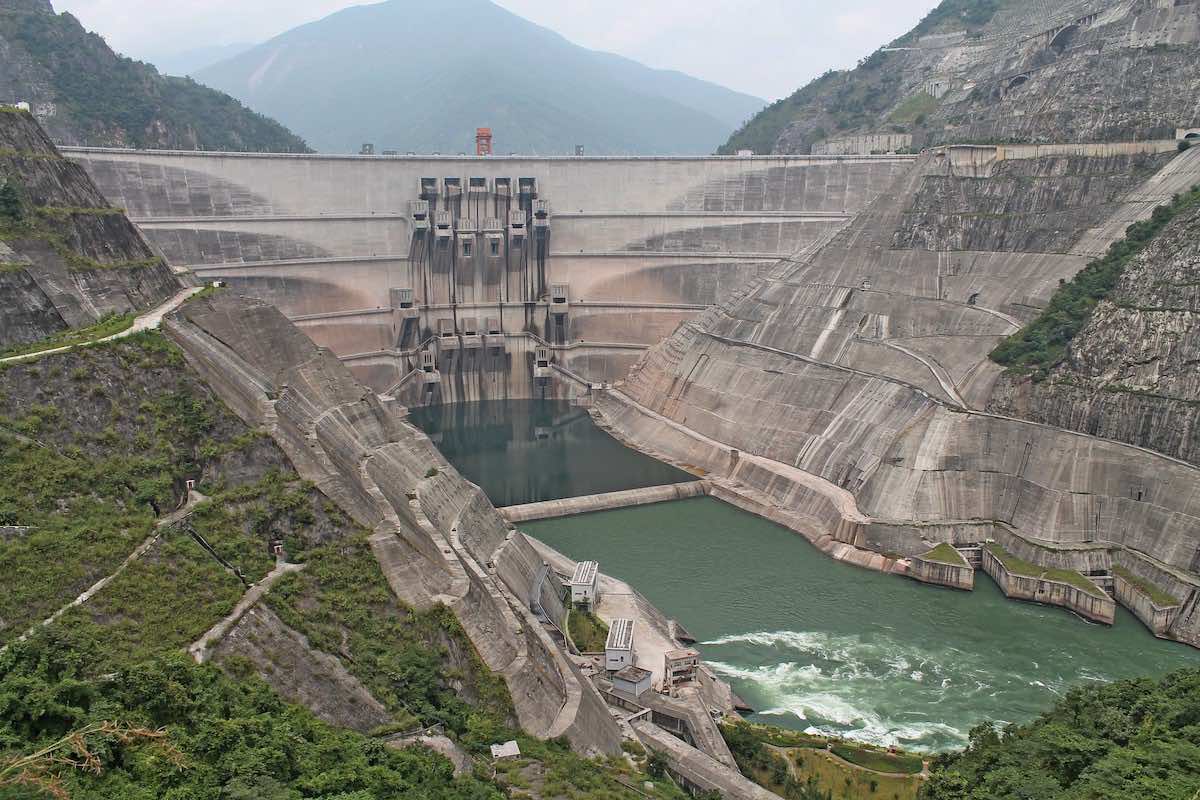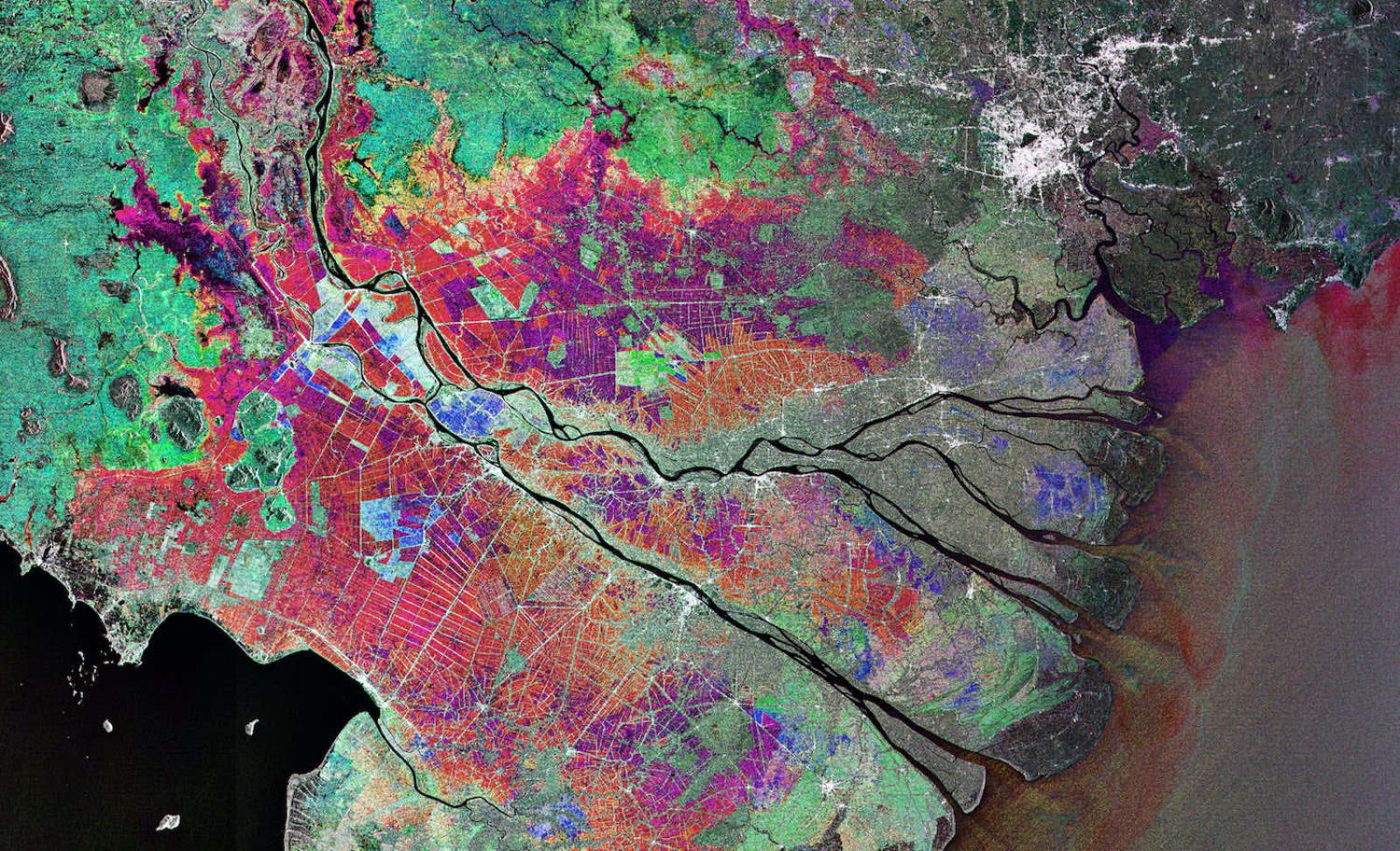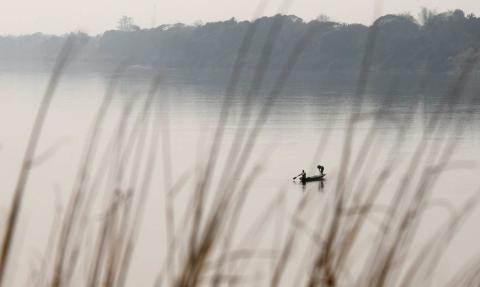Among the many “days” celebrated by the international community, one entrant seems especially incongruous. “Mekong Day” was proclaimed by the Mekong River Commission’s (MRC) headquarters in Vientiane to celebrate the signature of the “Agreement on the Cooperation and Sustainable Development of the Mekong River”, which took place in Chiang Rai on 5 April in 1995.
Like many other “days” listed both by the United Nations and less august institutions, the celebration of a particular date does not necessarily reflect the hopes associated with the event that it commemorates. The Mekong, sadly, is in a truly corrupted condition.
While it was hoped by activists concerned with the future of the Mekong that the 1995 agreement would provide a way to block the construction of dams on the Mekong this is not what has happened – and a careful reading of the agreement always meant this could not be the case. Moreover, China has never accepted the invitations that have been made for it to become a signatory to the agreement. This has meant that China’s actions in relation to the Mekong where its course runs through Yunnan province have never been affected by the agreement.
That’s not to say the agreement has not played a useful role in a number of ways: the fisheries research undertaken by the MRC secretariat is a case in point. But the most fundamental fact is that the 1995 agreement has not prevented dam building, with all the associated problems associated with their construction both in China and in Laos.
Once China began constructing its cascade of dams there was no escaping a steady deterioration of the Mekong’s functions.
In an op-ed article published in Bangkok Post the day before the most recent “Mekong Day”, the newly appointed CEO of the Mekong River Commission, Anoulak Kittikhoun, a senior Lao official who studied as an undergraduate at the Australian National University, wrote of his priority “armed with better, state-of-the-art knowledge … to ensure the MRC continues to strengthen its role as a cooperative platform and broker of water diplomacy”. This, Kittikhoun wrote, was not only with the core four member countries, comprising Cambodia, Laos, Thailand and Vietnam, “but with our two pivotal, upriver neighbours: China and Myanmar”. In a nod to the problems the MRC confronts, he noted this “neutral intergovernmental organisation” does not serve as “a judge and jury” but a forum to “honestly and passionately” reconcile interests.
Placed against the record of what has happened to the Mekong River over the past four decades, the celebration of Mekong Day and the positive tone of the MRC’s new CEO seem at very least in need of qualification. That there was only one mention of China in Kittikhoun’s op-ed is striking.

It is less than 40 years since the Chinese government began its program of dam construction on the upper reaches of the Mekong (known as the Lancang Jiang in China) when it commenced the construction of a dam at Manwan in 1984. Since then, China has completed 11 dams while the Lao government has overseen the completion of two dams with at least two further dams in prospect in the short term. There are no dams on the mainstream of the Mekong in Cambodia but the Lower Se San 2 dam now completed on a major tributary in Stung Treng province is already having a deleterious effect on the mainstream.
Once China began constructing its cascade of dams there was no escaping a steady deterioration of the Mekong’s functions as a source of fish stocks and as a vital part of the agricultural and horticultural systems that feed the populations of the Lower Mekong Basin encompassing Laos, Thailand, Cambodia and Vietnam. In short a once great river has been transformed it will never be returned to its previous role as a free-flowing, essentially “wild river”. That this should be so is a human and ecological tragedy. Specialist observers are aware of the situation just described but it is not clear this is the case for the wider public.
Against the optimism flowing from the MRC the following three short quotations from highly credentialed commentators in recent times are an alert to reality.
“The Mekong River defining the lives of more than 100 million people has transformed from a pristine ecological unit to fragmented pieces of rivers, exploited with limited coordination between the basin countries. The low-lying Vietnamese Mekong Delta is en route becoming the ultimate victim of global rising temperatures, upstream impoundments, domestic urbanisation, and agri-/aqua-culture stress, reflected in land subsidence, river and coastal erosion, tidal amplification and increased SWI [Salt Water Intrusion].” – Nature News 21 July 2021
“Luang Prabang – the ancient capital [in Laos] known for its rich traditional architectural heritage and peaceful environment – has already been impacted by the next dam downstream, at Xayaburi. Luang Prabang’s river frontage is gone, and the old royal capital is now essentially a lakeside town at the tail end of the Xayaburi reservoir. Only when the reservoir levels are two to three metres below the full supply level does water flow past Luang Prabang in a natural manner. But maintaining such lower levels would mean sacrificing power output and hence profits by the dam developers.” – Philip Hirsch, University of Sydney, in Bangkok Post 29 June 2021
“For three decades, China has been building dams on the upper Basin of the Mekong River, worrying countries downstream that China could one day turn off the tap. New data shows that for six months in 2019, while China received uncommonly high levels of precipitation, its dams held back more water than ever — even as downstream countries suffered through an unprecedented drought. These new findings confirm what many had long suspected: China is impounding much more water than it ever has before and is causing erratic and devastating changes in water levels downstream.” – Brian Eyler, Regan Kwan and Courtney Weatherby, Stimson Centre, 13 April 2020

